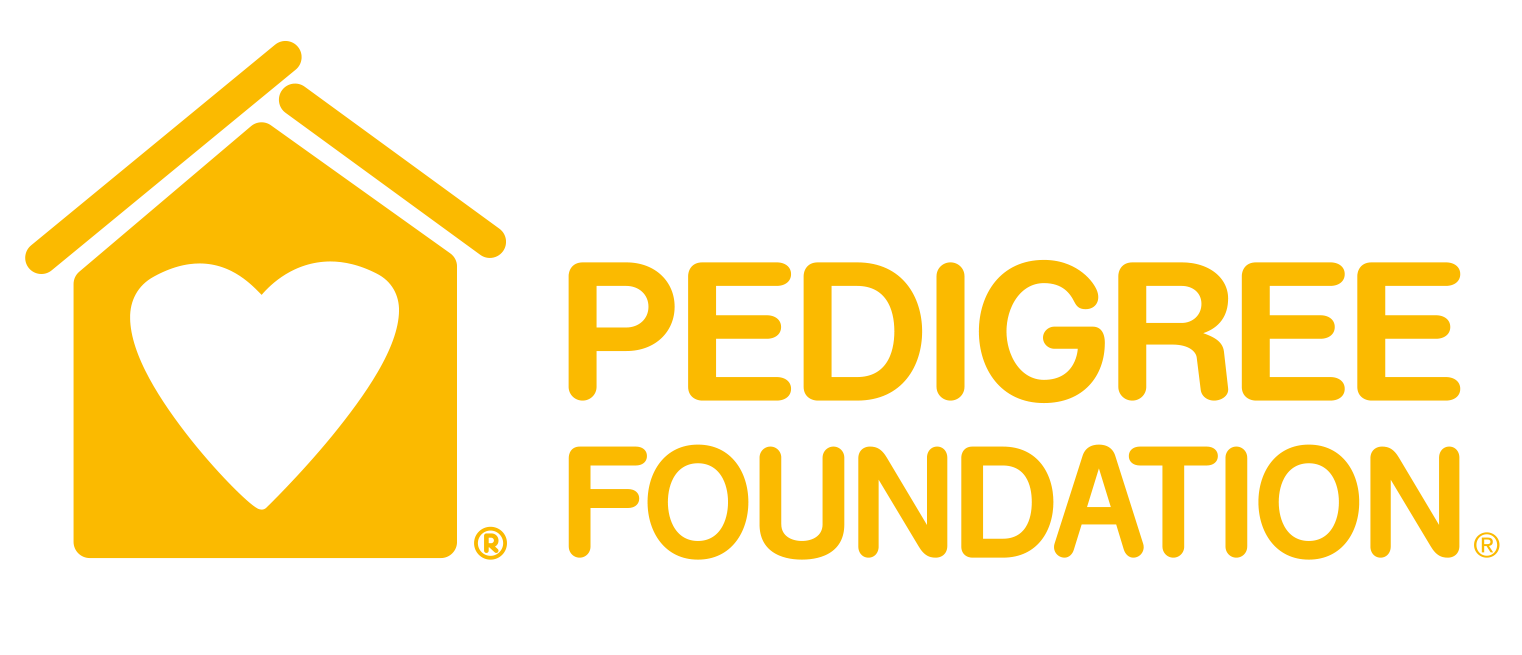According to the National Low Income Housing Coalition, there is not a single state in the country with enough affordable and available rental housing for extremely low-income families. In the context of affordable housing, low-income families are those making less than 80% of Area Median Income.
And these numbers do not even consider pet-inclusive housing, which is even less likely to be readily available for low-income renters.
It is no wonder that for years, housing issues have been cited as one of the top two reasons for pet relinquishment. Rooted in systemic economic injustice, these issues don’t impact pet owning families equitably.
One study by the ASPCA found, unsurprisingly, that lower-income families are significantly more likely than higher-income families to rehome pets due to cost and housing issues, as opposed to issues with the pet themselves, such as behavior or energy level.
The systemic oppression of low-income and marginalized communities, and the consequential lack of resources there, directly impacts pet owners’ ability to care for and keep the pets they love.
Nowhere is this more clear than how pets and their owners are impacted by the national epidemic of housing injustice, including a staggering lack of access to safe, affordable housing for low-income renters.
We can see what this looks like at our 22 HASS pilot shelters, which are spread across the country. From 2019 to 2022—a period of some unusually robust eviction protections—these shelters reported that housing issues still forced families to relinquish almost 30,000 pets.
Housing-related intake contributed to between 7% to 33% of all owner surrenders. The most commonly noted reasons for housing-related relinquishment were the owners being unable to find affordable, pet-inclusive housing; evictions; and costs related to keeping a pet in a rental home.
These housing problems, and related pet surrenders, are becoming even more pronounced. Historically, landlords have filed 3.6 million eviction filings each year. COVID-era eviction moratoria and rental assistance programs reduced eviction rates to historic lows in 2020 and 2021.
But as those protections came to an end in most places, and funds for rental assistance have dwindled in the last year, eviction rates in cities across the country have begun to climb.
Rents in communities of all sizes have also skyrocketed without corresponding wage growth. In 2022, rent increased by 23%, on average, compared to 2019. Wages in the private sector have gone up by approximately 5%.
So, what does this mean for pets? An industry survey estimates that 72% of rental households have pets and, according to the American Veterinary Medical Association, households have an average of 1.6 dogs and 1.4 cats.
If eviction rates return to pre-pandemic rates of 3.6 million eviction filings per year, that means upwards of 2.6 million rental households with an estimated 4.14 million dogs and 3.6 million cats who, along with their families, are also at risk of eviction—with these pets at much higher risk of relinquishment to animal shelters and rescues in their communities.
These figures don’t even account for the people who simply can’t find an affordable rental where they can keep their pets.
The potential consequences will only be exacerbated in the coming months by the end of Emergency Allotments (EAs) of SNAP benefits in the 32 states that were continuing to issue emergency allotments, since the SNAP program was expanded by Congress in 2020 in response to the COVID-19 pandemic.
Between 2020 and the present, COVID-related legislation has allowed states to issue SNAP emergency allotments which provided, on average, an additional approximately $95 per month to participants. One study estimated that EAs kept 4.2 million people above the poverty line in the last quarter of 2021, reducing poverty by 10 percent in participating states. BIPOC communities experienced the greatest reduction in poverty rates, highlighting the inequitable impact of food insecurity.
SNAP benefits are a crucial safety net that can protect families who love their pets. The same ASPCA study finding that lower-income households were significantly more likely to have to rehome or relinquish their pet because of financial hardship, also found that approximately 30% of respondents would have kept their pet if they had access to financial assistance or resources, including pet food.
And according to the 2023 American Pet Products Association COVID Pulse Study, 90% of respondent pet owners said they are either extremely or somewhat impacted by higher food prices.
It’s well known among food bank volunteers and employees that people who can’t afford to feed themselves and their pets will actually give their pets a portion of their human food, making sure that beloved pets are fed first.
With the reduction in benefits from safety net programs like SNAP, pet owners who are already struggling to make ends meet are faced with the terrible choice between feeding themselves and feeding their pets. Low-income renters become even more housing insecure. And pets are at greater risk of relinquishment, when there simply isn’t enough money to meet a family’s basic needs.
As animal welfare advocates and animal sheltering professionals, it’s vital that our policy and programmatic priorities reflect our understanding of the ways in which racial and economic injustice impact pet owners—and therefore animal shelters and rescues, too.
As a movement, more and more of us are working to expand our reach beyond traditional animal welfare policies into areas of advocacy that address the root causes of animal homelessness, which are so often grounded in the economic situations of people.
We are committed to bridging the gap between animal welfare and issues our movement has traditionally been siloed from, such as racial justice, affordable housing, tenants’ rights, food justice, living wage, and other important anti-poverty policies. To recognize that even though we may be advocating for policies that don’t include the word “pets,” by advocating for people, pets will inherently benefit, likely in more significant ways.
We acknowledge that human welfare and animal welfare are inextricably linked. When people suffer and lack access to basic needs, their animals are in the same boat. That’s why we also continue to advocate for animal welfare and animal services’ role as an important piece of the social justice advocacy network.
Almost 1 million animals are euthanized at animal shelters and rescues each year. Our movement has made fantastic lifesaving strides in the past decade, but addressing the root causes of animal homelessness will be an integral part of reaching our collective goal to protect the human-animal bond and finally end the euthanasia of healthy, adoptable pets. Addressing the root causes of animal homelessness will save lives.
For the sakes of people and animals, it’s time, now, to collectively turn our attention and resources towards the humans at the other end of the leash, to become advocates for people and against the systems that perpetuate poverty and inequity in our communities.
Here are some takeaways and resources:
- Learn more from Lauren and housing justice advocates at Texas Housers about how tenants’ rights and animal welfare legislative advocacy overlap in this webinar.
- Check out our Keeping Families Together Eviction Response toolkit to learn about how you can advocate for pets and people experiencing housing insecurity in your community through programs providing services, public education, and policy advocacy.
- Visit the National Low Income Housing Coalition’s Housing Needs by State page to connect with your state partners, take action on relevant legislative items at the federal level, and learn more about the affordable housing crisis in your own backyard.
- Check out this podcast episode on Pet Resource Radio featuring Lauren and co-author Jennifer Applebaum, from the University of Florida, discussing the impact of nonrefundable pet fees and pet rents on tenants.
- Jennifer Applebaum and Kevin Horecka, Lauren’s co-authors of the paper Pet-Friendly for Whom? An Analysis of Pet Fees in Texas Rental Housing, were interviewed on this topic by HASS, too.
- You can learn more about legislative and policy advocacy with the HASS Government Communications: Getting Started toolkit
- Steal This Idea: Here’s a blog about a Kansas shelter that pays for people’s pet deposits and pet rents as part of a program to help keep pets with their families.
- Make sure your community’s pet support programs are listed on pets.findhelp.com. Here’s how you can get started.
- Follow Texas Pets Alive! on social media for more about important law and policy updates, with info about how you can get involved.
- Get involved! Reach out to human services organizations and agencies in your community to ask how you can support and be part of their work. Here’s a Community Partnerships toolkit to help with that, too.
Lauren Loney is the Staff Attorney & Policy Specialist for Austin Pets Alive!, including HASS and Texas Pets Alive!. Lauren is a licensed attorney in Texas working to undo the traditional siloing of human and animal policy advocacy efforts. She has co-authored several publications and has given more than a dozen presentations on the intersection between animal welfare and housing justice.








